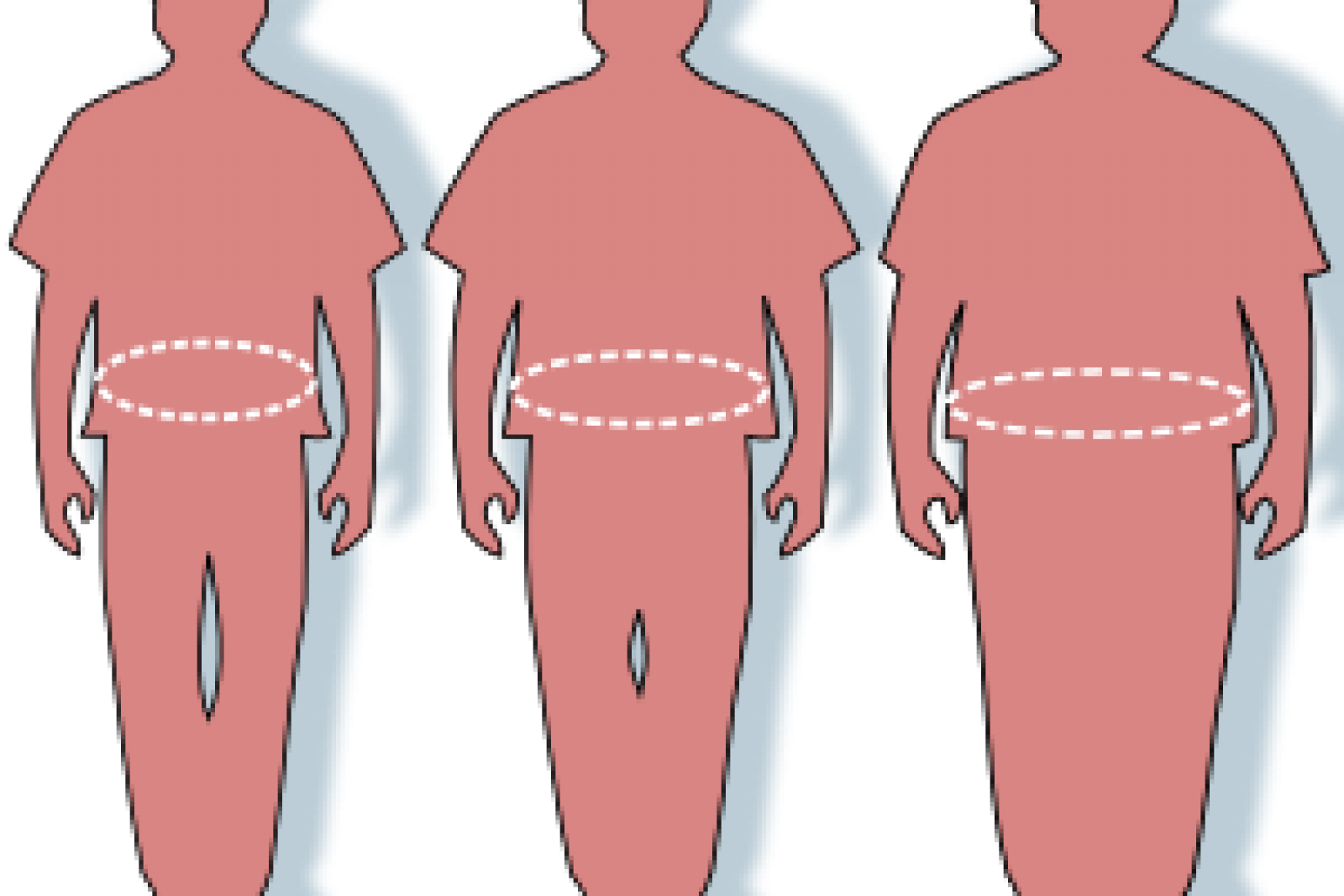The short and correct answer is... YES!
Here are just a few studies that show exactly why:
1 Measurements of BMI and waist circumference were highly correlated in the 923 apparently healthy South Asians in this study, and the two indices were related to a comparable degree to both insulin resistance and associated cardiovascular disease risk factors.
2 Because of the occurrence of type 2 diabetes, dyslipidemia and other cardiovascular morbidities at a lower range of body mass index (BMI) and waist circumference (WC), it is proposed that cut-offs for both measures of obesity should be lower (BMI 23-24.9 kg/m(2) for overweight and ≥ 25 kg/m(2) for obesity, WC ≥ 80 cm for women and ≥ 90 cm for men for abdominal obesity) for South Asians, and a consensus guideline for these revised measures has been developed for Asian Indians.
3SouthAsian women (n=1156) and men (n=1842) without diabetes mellitus as having an Hypertriglyceridemic waist (HTG)-waist (TG ≥150 mg/dL and a WC ≥80 cm in women or ≥ 90 cm in men) and an HTG-BMI (TG ≥150 mg/dL and a BMI ≥23 kg/m²).
4multimorbidity was highest in adults who were aged ≥60 years (37%), consumed alcohol (12.3%), body mass index ≥25 m/kg2 (14.1%), high waist circumference (17.1%) and had family history of a chronic condition (12.4%). Multimorbidity :Hypertension, diabetes, heart disease, stroke and chronic kidney disease
5British South Asians and African-Caribbeans had equivalent diabetes incidence rates at substantially lower obesity levels than the conventional European cut-points.
6The higher risk in this ethnic population necessitated a lowering of the cut-off values of the risk factors to identify and intervene for the MetS to prevent diabetes and cardiovascular disease.
7Abdominal obesity is the single-most important risk factor for MetS and its predisposition to T2DM.
References
1. Abbasi, F., Malhotra, D., Mathur, A., Reaven, G.M. & Molina, C.R. Body mass index and waist circumference associate to a comparable degree with insulin resistance and related metabolic abnormalities in South Asian women and men. Diab Vasc Dis Res 9,296-300 (2012).
2. Misra, A. & Shrivastava, U. Obesity and dyslipidemia in South Asians. Nutrients 5,2708-2733 (2013).
3. Abbasi, F., Mathur, A., Reaven, G.M. & Molina, C.R. Cardiometabolic Risk in South Asian Inhabitants of California: Hypertriglyceridemic Waist vs Hypertriglyceridemic Body Mass Index. Ethn Dis 26,191-196 (2016).
4. Singh, K. et al. Multimorbidity in South Asian adults: prevalence, risk factors and mortality. J Public Health (Oxf) 41,80-89 (2019).
5. Tillin, T. et al. Ethnicity-specific obesity cut-points in the development of Type 2 diabetes - a prospective study including three ethnic groups in the United Kingdom. Diabet Med 32,226-234 (2015).
6. Pandit, K., Goswami, S., Ghosh, S., Mukhopadhyay, P. & Chowdhury, S. Metabolic syndrome in South Asians. Indian J Endocrinol Metab 16,44-55 (2012).
7. Misra, A. et al. Body fat, metabolic syndrome and hyperglycemia in South Asians. J Diabetes Complications 32,1068-1075 (2018).
Author: Dr. Jyoti Patel


